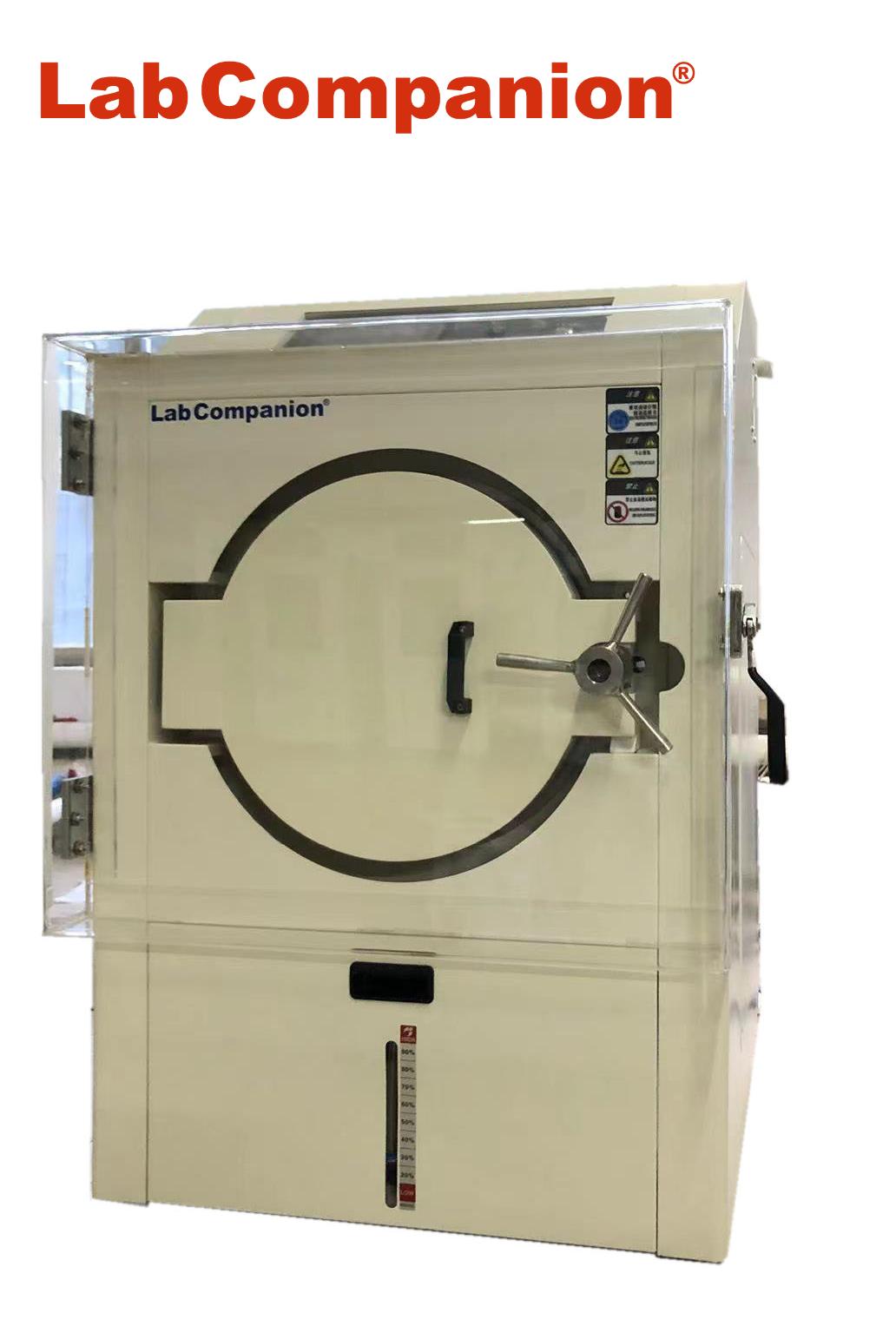Continuation of the previous PCT test purpose and application (1)
θ 10℃ rule:
When discussing product life, the expression of [θ10℃ rule] is generally used, and a simple explanation can be expressed as [10℃ rule], when the ambient temperature rises by 10℃, the product life will be reduced by half; When the ambient temperature rises by 20 ° C, the product life will be reduced to a quarter. This rule can explain how the temperature affects the life of the product (failure), the opposite product reliability test, can also be used to increase the ambient temperature to accelerate the failure phenomenon, a variety of accelerated life aging tests.
Failure causes by moisture:
Water vapor infiltration, polymer material depolymerization, reduced polymer bonding ability, corrosion, cavitation, wire solder joint detachment, leakage between leads, wafer and wafer bonding layer detachment, pad corrosion, metallization, or short circuit between leads. Effect of water vapor on the reliability of electronic packaging: corrosion failure, delamination and cracking, changing the properties of plastic sealing materials.
PCT failure mode for PCB:
Blister, Crack, SR de-lamination.
PCT testing of semiconductors:
PCT is mainly to test the moisture resistance of semiconductor packaging, the testing product is placed in a harsh temperature and humidity and pressure environment, if the semiconductor with poor packaging, moisture will penetrate into the package along the colloidal or colloidal and wire frame interface into the package, common reasons for installation: Popcorn effect, open circuit caused by corrosion of dynamic metallized area, short circuit caused by contamination between package pins...And other related issues.
PCT reliability assessment for IC semiconductors:
DA Epoxy, wire frame material, sealing resin corrosion failure and IC: corrosion failure (water vapor, bias, impurity ions) will cause electrochemical corrosion of IC aluminum wire, resulting in open circuit and migration growth of aluminum wire.
Failure phenomena caused by moisture corrosion of plastic-sealed semiconductors:
Because aluminum and aluminum alloys are cheap and simple to process, they are usually used as metal wires for integrated circuits. From the beginning of integrated circuit molding process, water and gas will penetrate through epoxy resin to cause corrosion of aluminum metal wires and thus open circuit phenomenon, which becomes the most headache for quality management. Although various efforts have been made to improve product quality through various improvements, including the use of different epoxy resin materials, improved plastic sealing technology and the improvement of inactive plastic sealing film, with the rapid development of miniaturization of semiconductor electronic devices, the corrosion problem of plastic sealed aluminum metal wire is still a very important technical topic in the electronics industry.
Corrosion process in aluminum wire:
1.Water permeates into the plastic sealing shell → moisture permeates into the gap between the resin and the wire
2.Water permeates the surface of the wafer to cause aluminum chemical reaction
Factors that accelerate aluminum corrosion:
1.The connection between resin material and wafer frame interface is not good enough (due to the difference in expansion rate between various materials)
2.When packaging, the packaging material is contaminated with impurities or impurity ions (due to the appearance of impurity ions)
3.The high concentration of phosphorus used in the inactive plastic encapsulation film
4.Defects in inactive plastic encapsulation film
The Popcorn Effect:
The original refers to the IC encapsulated in the plastic outer body, because the silver paste used in the wafer installation will absorb water, once the plastic body is sealed without prevention, when the downstream assembly and welding encounter high temperature, the water will burst due to the vaporization pressure, and it will also emit a sound like popcorn, so it is named, when the absorbed water vapor content is higher than 0.17%, The [popcorn] phenomenon will occur. Recently, P-BGA packaging components are very popular, not only the silver glue will absorb water, but also the substrate of the serial board will absorb water, and the popcorn phenomenon often occurs with poor management.

![]()
![]()
